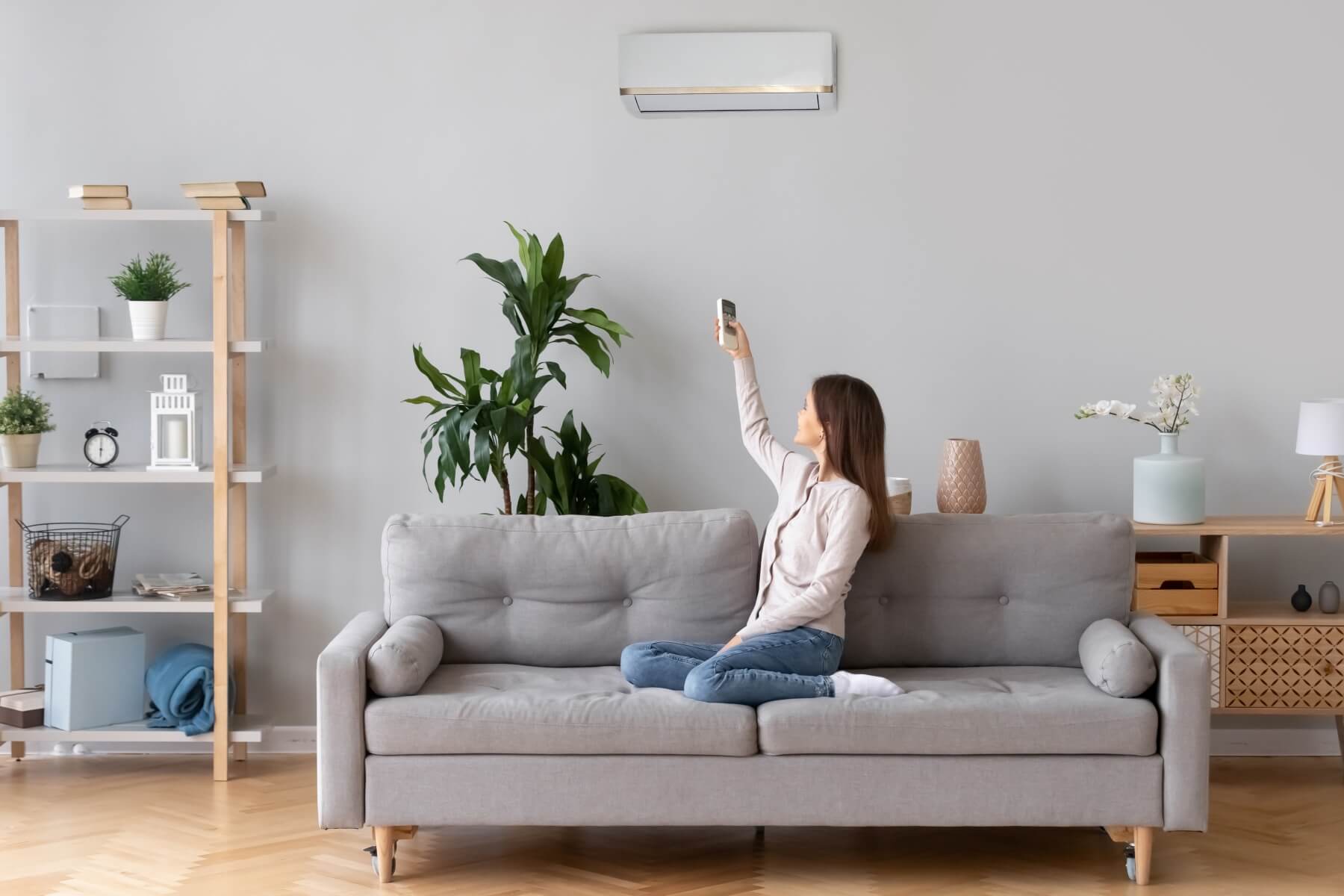Interestingly, the most important things in life are the ones that most often get overlooked – indoor air quality testing is surely one of them!
Indoor air quality monitoring is all about achieving a healthy indoor environment. This means that there is ample ventilation, contaminants are controlled and the temperature and humidity levels are comfortable. However, indoor air quality testing is not an easy task and requires professional air quality testing services.
Why do you need indoor air quality monitoring?
Being mindful of the quality of air that you breathe should be one of your number one concerns. Because of lack of awareness of professional air quality testing services, ignorance of residential air quality testing becomes a silent contributor to many health related issues.
Here are the 3 top ways to know if your air is clean or if it is a good idea to invest in a residential air quality testing process
#1 Do you have adequate ventilation?
Ventilation plays an important role in creating your indoor air quality.
The quality of indoor air is adversely affected if there is no proper ventilation and the supply and removal of air is not adequate. Poor indoor air quality is extremely detrimental to the health of those who breathe the air in. It can result in initiating respiratory and pulmonary diseases, which can then cause a whole range of health problems.
#2 Are the pollutants controlled?
Another question to ask is whether there are contaminants or pollutants in your air that are impacting your indoor air quality. Pollutants can be created inside and can also enter the indoor area from the outside. Here are some common pollutants and their effects on your indoor air quality.
Volatile organic compounds (VOCs): The organic chemicals that are emitted from products in the form of gases and their presence can be smelt.
- Common sources: Cleaning agents, disinfectants, air fresheners, dehumidifiers, and more.
- Harmful effects: These can most commonly cause eye, nose and throat irritation, shortness of breath, headaches, fatigue, nausea, dizziness and skin problems. Higher concentrations may cause irritation of the lungs, as well as damage to the liver, kidney, or central nervous system.
Carbon monoxide (CO): Another pollutant which is extremely dangerous as it is insusceptible to the senses is carbon monoxide
- Common sources: Common sources around us are generators, boilers or furnaces which are not properly maintained, vehicle exhausts and more.
- Harmful effects: In contrast to VOCs, carbon monoxide does not have a smell, taste, or colour, which makes it an absolute threat to acceptable indoor air quality. Carbon
monoxide is a lethal gas and its monitoring is absolutely essential.
Particulate matter (PM): This is found both inside and outside of living spaces. It is a mixture of solid pieces and liquid droplets suspended in the air, such as dust, pollen, smoke, and soot.
- Common sources: Common sources around us are generators, boilers or furnaces which are not properly maintained, vehicle exhausts and more.
- Harmful effects: The small particles are considered dangerous as they can be inhaled, and can affect the heart and lungs.
#3 Are the required temperature and humidity levels being met?
Temperature and humidity are considered important elements of indoor air quality control systems. This is partly because of comfort, but also because high levels of temperature and humidity can have dire consequences. Most notably, mould can begin to form as a result of high humidity.
How to measure the indoor air quality?
One way is to purchase indoor air quality monitoring equipment like sensors and use them for indoor air quality testing, and the other is by deploying professional indoor air quality testing services.
So, what can you do upon realising that your indoor air quality is below par? How can you improve indoor air quality?
In addition to deploying professional air quality solutions, there are many other ways in which the indoor air quality can be improved. The option you should pick in order to improve the overall indoor air quality would depend on many factors, like:
- Determining the usage of contaminants in your own household or the residential area in which you reside.
- Being mindful of the source (both indoor and outdoor) and quantity of the pollutants.
- Assessing the kind of an outdoor environment that surrounds your living space – do you live in a congested, construction site area, near a busy road, a train station or near a factory site?
- What kind of improvement is needed with respect to ventilation? Should you be ensuring more air is flowing in (if you are surrounded by healthy suburbs) or less air is flowing in, if you are living in a polluted area?





